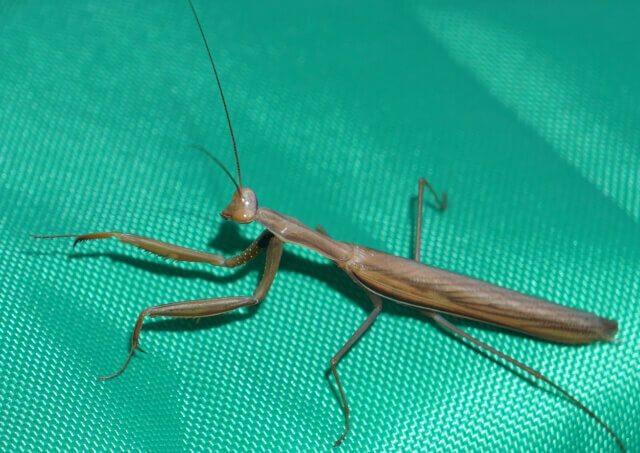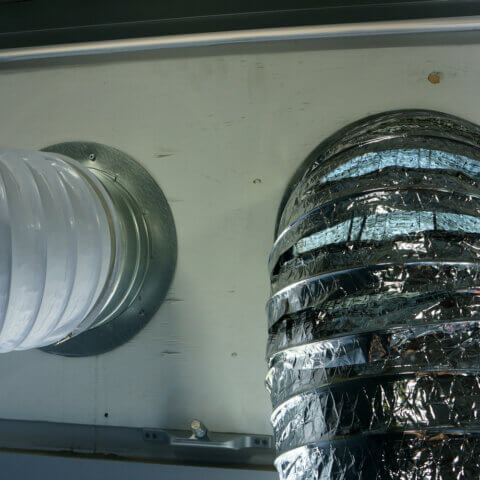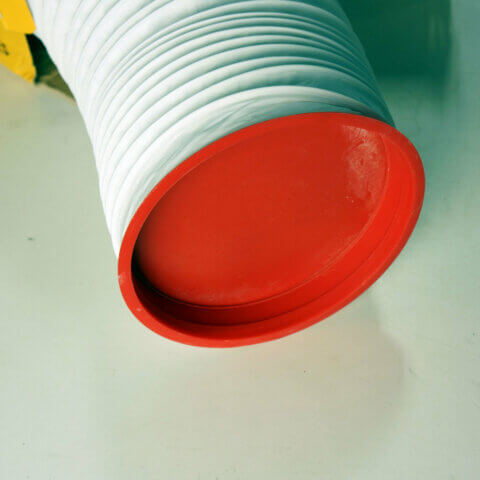
Insects and mites can take advantage of the ideal growing conditions afforded to them in an indoor garden and crash the party real quick!
Below we will discuss some helpful tips on how best to introduce predatory insects and mites into your indoor gardens to control pests. Also, some of the top predator species that can control devastating pests like spider mites will be featured.
#1 — Know your enemy
Make sure you know for certain what type of pest is affecting your garden before ordering predatory insects/mites. Many predator varieties will only feed on a narrow selection of pests. A small 30x hand lens and a quality pest ID booklet are worthwhile investments. Check out the Natural enemies handbook for more pest ID info.
#2 — Constant Vigilance
Predatory insects/mites are best applied before a small pest problem becomes a full-blown infestation. This is because the predators require some time before they can bring the pest population in check. Check your plants daily for possible signs of damage. Be sure not to neglect the underside of the leaves and the top of the pots, as pests frequently like to lurk there.
#3 — Best Places to Purchase Predatory insects and mites
So you have found a small pest outbreak in your garden. You have correctly identified the pest. Now it’s time to order your predator squad. Where do you go? Two of the best online sources are:
Biobest Sustainable Crop management
#4 — Predator Antagonism
If you’re planning on ordering multiple predator species, be aware that certain predatory insects/mites will feed on each other, thereby working antagonistically. Be sure to carefully read the product description before purchasing.
| Pest | Control |
| Two-Spotted Spider Mite | Phytoseiulus persimilis |
| Aphids | Neoseiulus californicus |
| Broad Mite | Neoseiulus cucumeris |
| Thrips (most varieties) | Aphidoletes aphidimyza |





